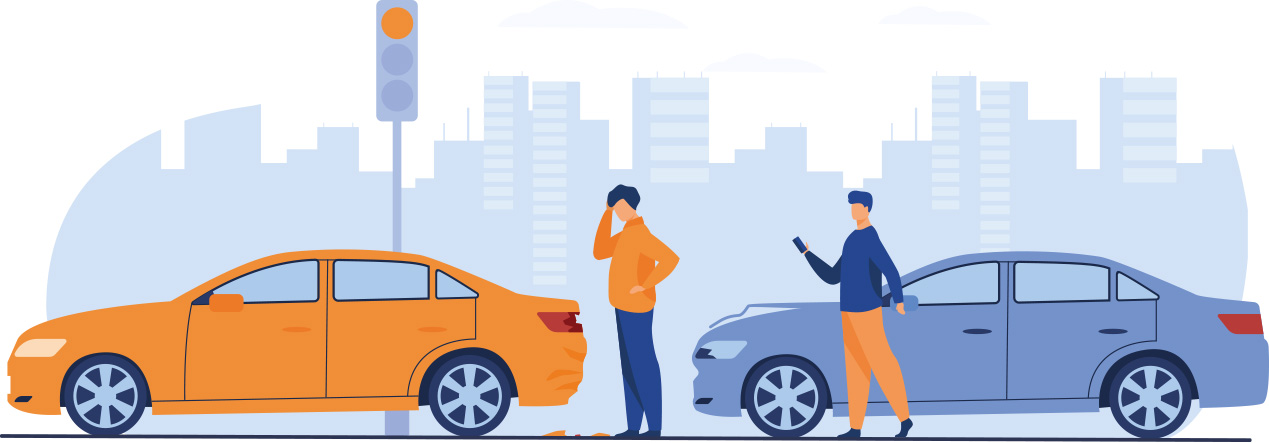Auto insurance is more than just a legal requirement — it’s your financial safety net when things go wrong on the road. Understanding auto insurance coverage is crucial if you want to avoid expensive surprises after an accident. In this guide, we’ll explain exactly what your policy covers, what it doesn’t cover, and how to make sure you have the right protection for 2025 and beyond.
Table of Contents
- Introduction
- What Auto Insurance Coverage Typically Includes
- What Auto Insurance Doesn’t Cover
- Optional Add-Ons to Expand Coverage
- Tips for Choosing the Right Auto Insurance Coverage
- Common Myths About Auto Insurance Coverage
- Final Thoughts
Introduction
Most drivers purchase insurance because it’s required by law, but few actually read their policies in full. As a result, many don’t know what auto insurance coverage actually includes — or what’s excluded. This can lead to frustration when a claim is denied or when unexpected costs arise.
This comprehensive guide will walk you through each major type of coverage, explain common exclusions, and help you make confident decisions when shopping for a policy.

What Auto Insurance Coverage Typically Includes
A standard car insurance policy is made up of several components. Together, these parts create a shield against financial loss — but they aren’t all required by law.
Liability Coverage
Liability insurance is the foundation of most policies and is typically required by state law. It includes:
- Bodily Injury Liability: Covers medical bills, rehabilitation, and legal costs if you injure someone.
- Property Damage Liability: Pays for repairs to another person’s car or property.
Pro Tip: Many experts recommend buying more than the minimum state requirement for liability. The extra cost is small compared to the risk of being underinsured.
Collision Coverage
Collision coverage pays for your vehicle repairs if you hit another car, a tree, or any object — regardless of fault.
Example: If you accidentally back into a pole, collision coverage helps you fix the damage minus your deductible.
Comprehensive Coverage
This part of your auto insurance coverage handles non-collision events such as:
- Theft or vandalism
- Fire or explosion
- Floods, storms, hail
- Falling branches or debris
- Animal collisions
Comprehensive is particularly important if you live in an area prone to natural disasters.
Personal Injury Protection (PIP)
PIP, sometimes called no-fault coverage, helps cover:
- Medical bills for you and your passengers
- Lost wages if you miss work
- Rehabilitation costs
This is required in no-fault states and optional elsewhere.
Uninsured/Underinsured Motorist Coverage
Despite insurance requirements, millions of drivers are uninsured. This coverage protects you if you’re hit by one of them — or by someone whose policy limits are too low.
What Auto Insurance Doesn’t Cover
Even the best auto insurance coverage has exclusions. Knowing them in advance can prevent unpleasant surprises:
- Routine Maintenance: Oil changes, tire rotations, and tune-ups are your responsibility.
- Wear and Tear: Damage from normal aging like rust, worn tires, or faded paint is excluded.
- Intentional Acts: You can’t damage your own car on purpose and collect payment.
- Street Racing: Accidents during racing or illegal activities aren’t covered.
- Commercial Use (unless added): If you drive for rideshare or deliveries, you may need special coverage.
Optional Add-Ons to Expand Coverage
If you want to strengthen your protection, consider these add-ons:
- Gap Insurance: Covers the difference between your car’s value and what you owe on your loan.
- Rental Car Reimbursement: Pays for a rental car while yours is being repaired.
- Roadside Assistance: Towing, battery jump-starts, and flat tire service.
- Custom Parts Coverage: If you have aftermarket upgrades, this ensures they’re protected.
Tips for Choosing the Right Auto Insurance Coverage
Finding the perfect balance between price and protection doesn’t have to be hard.
- Assess Your Vehicle’s Value: Older cars may not need collision or comprehensive coverage.
- Compare Quotes: Use online tools to get multiple quotes quickly.
- Adjust Deductibles: Higher deductibles lower premiums but raise out-of-pocket costs.
- Review Annually: Update your coverage if you move, get married, or buy a new car.
Common Myths About Auto Insurance Coverage
There are many myths about what policies include:
- Myth 1: “Full coverage” means you’re covered for everything — not true. There are still exclusions.
- Myth 2: The color of your car affects rates — insurers don’t care if your car is red or blue.
- Myth 3: Minimum state coverage is always enough — not if you have assets to protect.
Final Thoughts
Understanding auto insurance coverage is one of the smartest things you can do as a driver. A well-structured policy can save you thousands in medical bills, repair costs, and legal fees.
Take time to review your policy, compare options, and add coverage where necessary. That way, you’ll be prepared for whatever the road throws at you — and you won’t be caught off guard when it matters most.



